When it comes to pneumatic systems, every component matters—especially the fittings that ensure secure, leak-free connections. Among the various options available, pneumatic stainless steel push fittings have gained immense popularity across industries. But how reliable are these fittings really? Understanding their construction, functionality, and performance in real-world applications can help you make informed decisions and solve potential issues effectively.
Table of Contents
ToggleA Deep Dive into Pneumatic Stainless Steel Push Fittings
At the core, pneumatic stainless steel push fittings are designed to facilitate quick and efficient connections between hoses or tubes in pneumatic systems. The push-to-connect mechanism allows users to simply insert the tube and achieve a secure hold without the need for additional tools. This innovation not only speeds up installation processes but also minimizes the likelihood of air leakage and system failure.
How Do Push Fittings Work?
The operation of push fittings is fundamentally straightforward yet ingenious:
- Insertion: When you insert a tube into the fitting, a series of small gripping teeth inside the fitting, known as a collet, engage the tube. This mechanism provides a firm grip that prevents the tube from being pulled out, even under pressure.
- Sealing: As the tube enters the fitting, an O-ring or seal creates a barrier that prevents air from escaping. The design ensures a tight seal, which is critical for maintaining the efficiency of pneumatic systems.
- Release: If you need to detach the fitting, a simple push on the release ring allows the tube to be removed effortlessly, making maintenance activities and adjustments quick and easy.
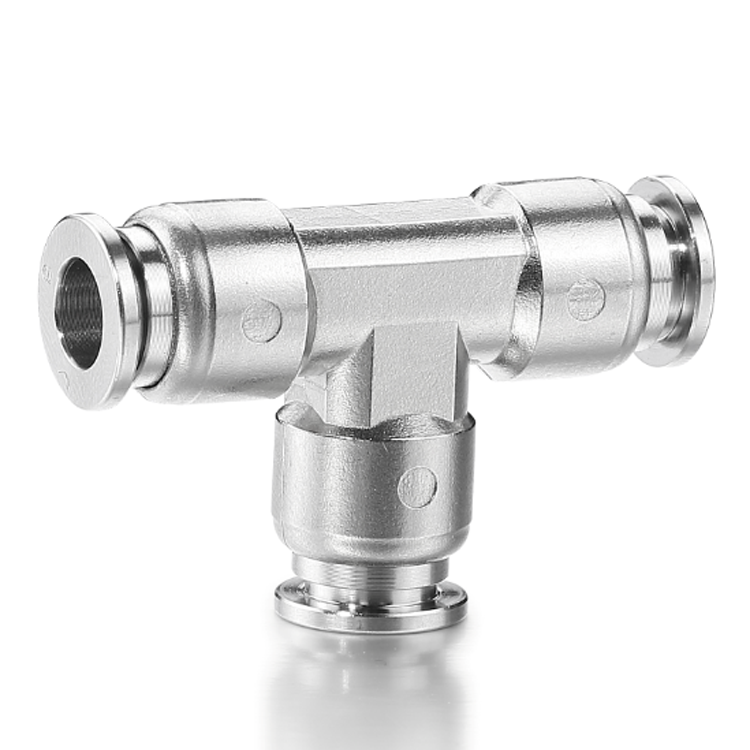
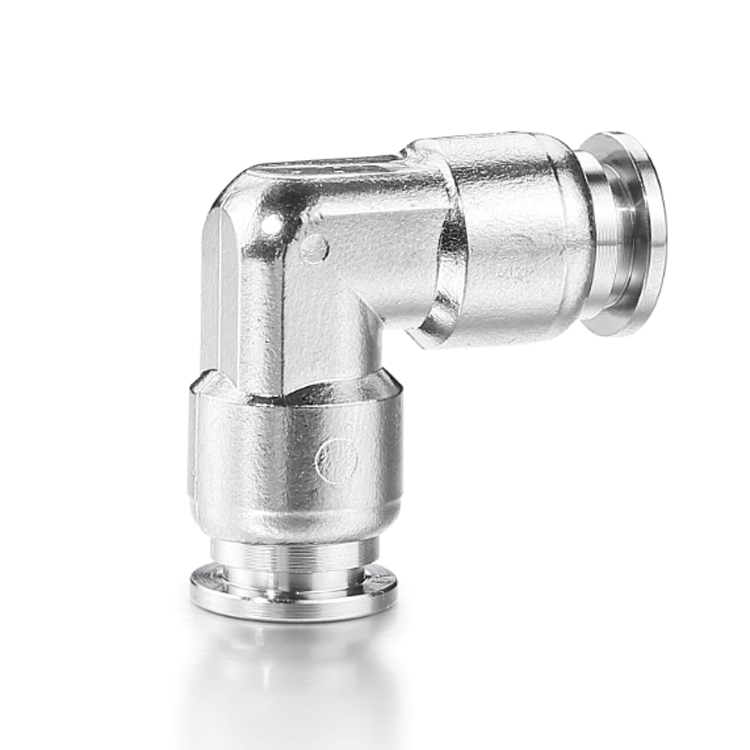
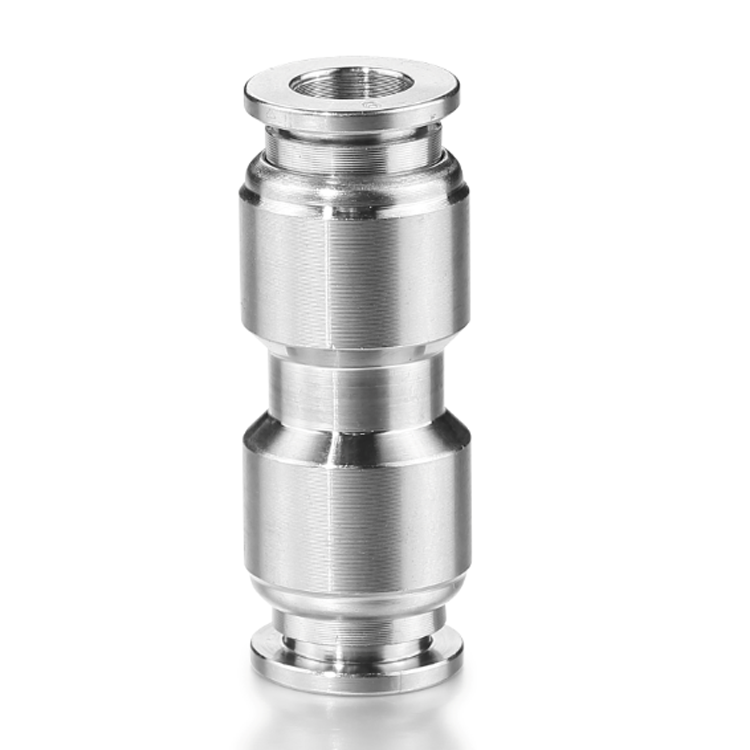
The Reliability Factors of Pneumatic Stainless Steel Push Fittings
Understanding what influences the reliability of these fittings can help prevent potential problems and enhance system performance. Here are the key factors to consider:
1. Material: Why Stainless Steel?
Stainless steel is the material of choice for high-performance push fittings, and for good reason:
- Corrosion Resistance: Unlike plastic, which can degrade over time, stainless steel is inherently resistant to rust and corrosion. This makes it ideally suited for various environments, including those exposed to moisture, chemicals, or extreme temperatures.
- Durability: Stainless steel fittings can withstand high pressure without deforming or breaking, making them reliable for rigorous applications found in manufacturing and chemical processing.
- Longevity: The robust nature of stainless steel means that these fittings typically outlast those made from other materials, providing greater value over time.
2. Manufacturing Quality Control
The reliability of pneumatic fittings hinges not only on materials but also on the manufacturing processes:
- Precision Engineering: Quality manufacturers employ advanced machining techniques to ensure that every fitting meets stringent tolerances. Precision in the diameter of the fitting and the internal gripping mechanism ensures a secure connection, minimizing the risk of leaks.
- Certification Compliance: Look for fittings that comply with international standards, such as ISO or DIN. These certifications indicate that the fittings have been rigorously tested and approved for safety and performance, giving you peace of mind about their reliability in your systems.
3. Design Features
The design of the fitting itself plays a significant role in how reliable it is:
- FKM O-Ring Seals: High-quality push fittings utilize FKM O-ring seals that provide reliable airtight connections. These seals are crucial in preventing leakage, especially in high-pressure systems.
- Redundant Safety Mechanisms: Some advanced fittings may incorporate additional safety features, such as dual seals or backup mechanisms that ensure functionality even if one component fails.
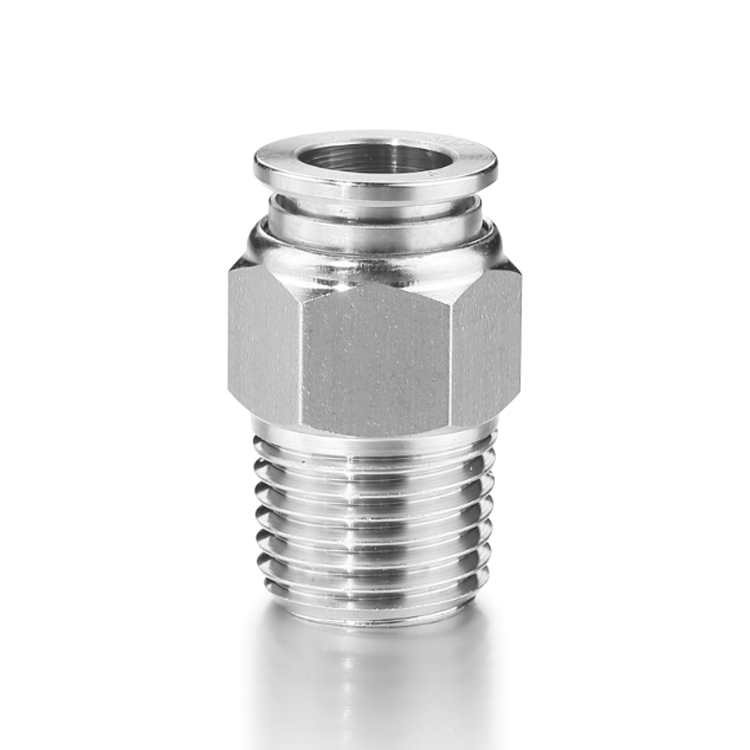
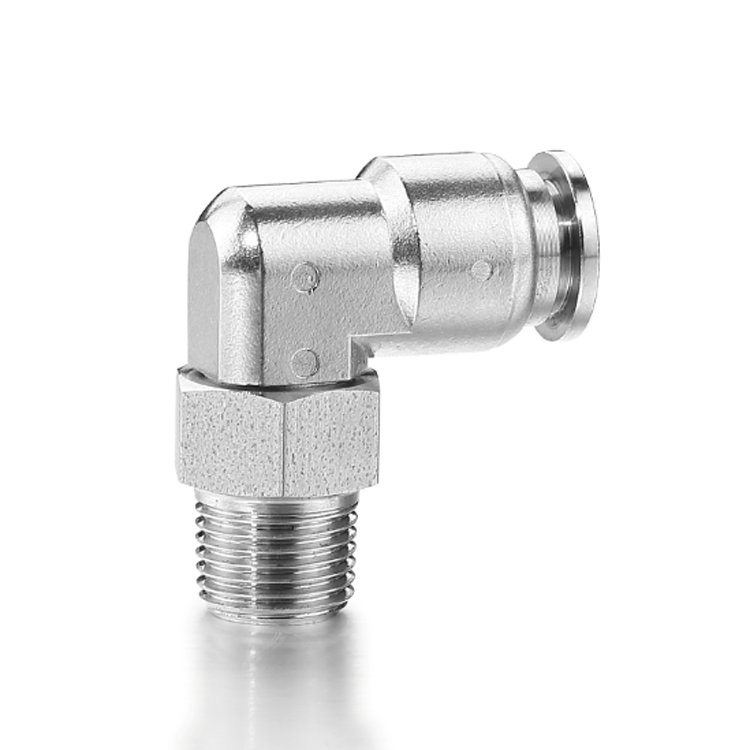
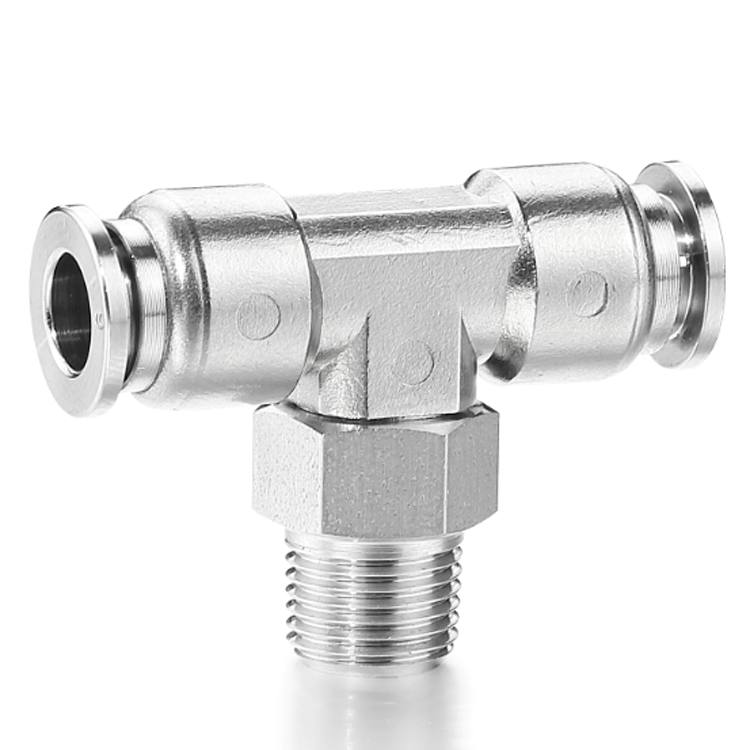
Real-World Applications: Where Reliability Shines
Pneumatic stainless steel push fittings are versatile and find use in a multitude of industries. Here are some common applications where their reliability is particularly evident:
1. Manufacturing and Automation
In manufacturing settings, where speed and efficiency are paramount, pneumatic systems powered by stainless steel push fittings enable rapid assembly line changes. Their ability to withstand the rigors of constant use means fewer maintenance interventions and lower downtime, translating to higher productivity.
2. Food and Beverage Processing
In food processing environments, hygiene is non-negotiable. Stainless steel fittings not only comply with sanitary requirements but also withstand cleaning chemicals and high-pressure washdowns. This makes them ideal for use in systems that convey liquids, gases, or powders.
3. Chemical Industries
Robust and resistant to corrosion, stainless steel push fittings are perfect for connecting hoses conveying aggressive chemicals. Their reliability under high pressures and temperatures means that operations can proceed without fear of component failure, which is critical for safety.
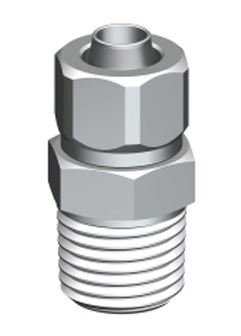
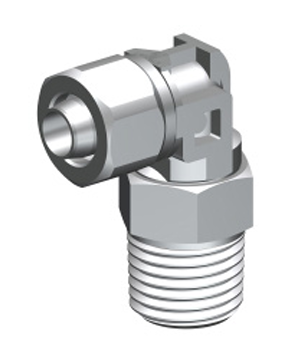
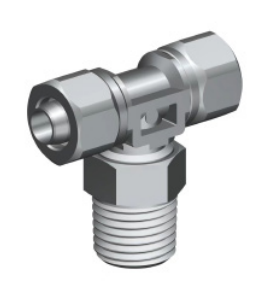
Troubleshooting and Maintenance Techniques
Even the most reliable systems can encounter issues. Here are some troubleshooting strategies to ensure continued performance:
1. Detecting and Fixing Leaks
The most common issue with pneumatic systems is air leakage. To detect leaks:
- Visual Inspection: Regularly check fittings for any signs of wear, cracks, or corrosion.
- Soapy Water Test: Apply soapy water to connections—bubbles will indicate where air is escaping.
If you identify a leak, ensure the fitting is properly seated. If the problem persists, consider replacing the affected fitting or the tubing.
2. Installation and Maintenance Best Practices
- Proper Installation: Follow guidelines when installing push fittings. Ensure that the tubing is cut squarely and free from burrs before inserting it into the fitting.
- Routine Checks: Implement a schedule for inspecting your fittings and connections. Over time, even high-quality materials can wear down; proactive checks can prevent system failures.
- Cleaning: Gently clean the fittings and tubing surfaces to prevent grime accumulation, which can impact performance. Use compatible cleaning solutions, especially in food processing applications.
The Importance of Choosing Quality Fittings
In the realm of pneumatic systems, the components you choose can significantly affect overall performance, maintenance costs, and system longevity. Here’s a deeper look at why investing in high-quality pneumatic stainless steel push fittings is crucial:
1. Enhanced System Efficiency
Quality fittings not only prevent leaks but also ensure that air can flow efficiently through the system. A reliable connection contributes to maintaining the desired pressure and flow rates. Inefficient fittings can lead to pressure drops, affecting the performance of pneumatic tools and machinery. This is particularly critical in applications where precision and response time are vital, such as robotics and automation.
2. Reduced Downtime
Downtime can be costly, both in terms of lost productivity and repair costs. By selecting stainless steel push fittings renowned for their reliability, you minimize the risk of failures and leaks that could necessitate shutdowns. Regular maintenance checks, particularly for fittings, can help catch potential issues early, making scheduled repairs and replacements manageable rather than emergency situations.
3. Improved Safety
In industries dealing with high pressures and potentially hazardous materials, the risk of failure is not just an operational concern but a safety one as well. Quality stainless steel fittings are designed to withstand high pressures and aggressive environments, enhancing workplace safety.
Investing in reliable components means fewer accidents and health hazards, fostering a safer working environment for employees. Additionally, appropriately functioning pneumatic systems are less likely to contribute to workplace accidents, as they operate predictably and efficiently.
4. Long-Term Cost Savings
Although high-quality fittings may come with a higher upfront cost, the long-term savings they offer are considerable. Avoiding frequent replacements and repairs due to failures translates to lower maintenance costs over time. Furthermore, the efficiency gained from reliable fittings can lead to reduced energy consumption, positively impacting operational budgets.
5. Alignment with Future Technological Advancements
As industries evolve, so do the technologies used within them. High-quality fittings are more likely to be compatible with the latest pneumatic innovations. As you upgrade your systems to incorporate more advanced technology, having trustworthy fittings ensures that your infrastructure can handle these changes without requiring extensive modifications.
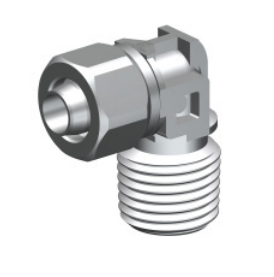
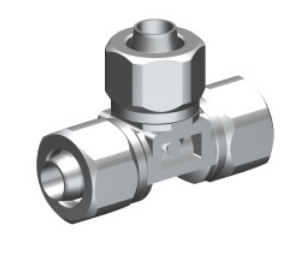
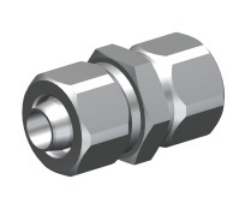
Conclusion: The Path to Enhanced Reliability
Pneumatic stainless steel push fittings play an invaluable role in maintaining the efficiency, safety, and performance of pneumatic systems. By understanding their construction, the principles governing their functionality, and best practices for maintenance, you can ensure your systems operate seamlessly.
When choosing these fittings, prioritize quality—seek out products that meet industry standards and come with a reputation for reliability. You are not only investing in fittings but also in the improved performance and longevity of your entire pneumatic system.
Should you require assistance in selecting the right fittings for your specific application or have questions regarding installation and maintenance, don’t hesitate to reach out for expert advice.

